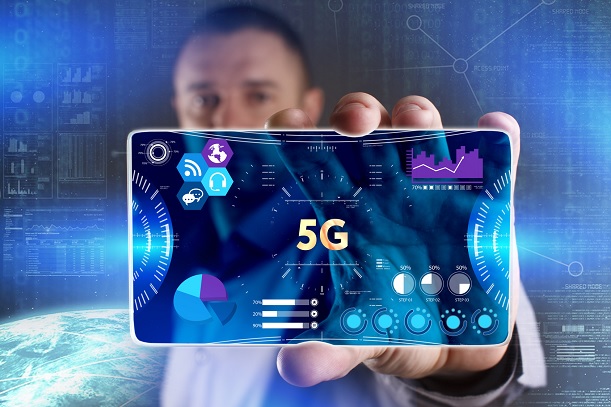By Brendan Gill, CEO, OpenSignal
2018 is shaping up to be a breakthrough year for 5G. At the Winter Olympics in Korea in February, operator KT demonstrated a number of innovative 5G applications – including real-time, 360-degree video streaming of athletes competing and and 5G-enabled autonomous vehicles. There was also palpable hype over 5G at Mobile World Congress in Barcelona in February, driven by flashy demos from vendors touting their network solutions. And at the FIFA World Cup football tournament in Russia at the moment, Russian operators MTS and MegaFon are demonstrating the technology in special 5G trial zones.
There’s certainly no shortage of hype around the next generation of mobile technology. However, the investment case for operators is not much clearer now than it was a year ago. That’s not stopping operators from jumping on the 5G bandwagon, announcing early trials and ambitious network launch dates that, fingers crossed, will be met. Putting the hype aside, what is the business case for 5G? What impact will this technology leap have on improving the mobile customer experience?
The use cases that fuel investment decisions
Commentators have been publishing their set of 5G use cases for quite some time and the range is nothing short of all-encompassing. From high speed broadband, through critical control of remote devices (think remote surgery), to IoT including all ‘things’ labelled connected or smart covering transport, infrastructure, healthcare or agriculture. While many of these certainly have the potential to live up to a revolutionary title that will drastically change our everyday lives, most of the use cases (yet alone the technology) are still very much in their infancy.
Except for one. Perhaps the most specific and current 5G use case for operators today is enhanced mobile broadband promising high speed mobile internet anytime anywhere. And in the real world, where the harsh realities of industry economics are at play, operators need to make investment decisions today focusing on existing opportunities.
The smart bet for operators is to focus on the near-term and plan for the long-term. In simple terms, this means maintaining high performing 4G and 3G networks while simultaneously preparing for new technologies like 5G, which will come with a whole new set of challenges. Additionally, an operator’s track record for delivering today’s wireless service will go a long way toward proving to subscribers that it will not disappoint when the time comes to choose their next-generation wireless technology provider.
What do mobile users want?
Investment decisions need to be based on customer needs today. If subscribers are not getting adequate access to LTE, and even when they do find a connection their 4G speeds are poor, then all the gigabytes on a fictive 5G connection will not keep them from moving to another provider. A lightning fast connection still makes for a good headline though. And vendors at MWC 2018 were making the most of it: showing off their latest 5G devices, with the fastest reported speeds coming in at some 2.3GBps – over 50 times the average 4G speeds that we see in leading markets today.
Do users really need download speeds of over 100MBps (let alone 100GBps)? Video accounts for the majority of data traffic. HD video requires less than 5MBps in speed, and Ultra HD ‘4K’ video needs only around 15MBps. With global average LTE download speeds averaging 16.9MBps according to OpenSignal’s latest analysis, current LTE networks are already more than adequately equipped to handle the video deluge. And that’s not even taking into account the LTE-Advanced improvements like 256-QAM that are expected to come online in 2018.
For most operators, LTE – and in some cases 3G and 2G – services are paying the bills, and they need to manage their network investment strategies wisely, especially since most are still devoting substantial amounts towards their 4G rollout.
We need to talk about 4G
As hopes continue to soar around the promise of 5G, the reality is that mature deployments of commercial 5G mobile networks are still a while off, and the transformation of operator business models and new revenue opportunities promised by 5G will not likely happen for several years.
Meantime, 5G consumer use cases remain aspirational at best. Current initiatives around upgrading 2G and 3G networks to 4G and on improving 4G network capacity and availability can help operators grow subscribers and cut churn. This in turn will result in a more predictable revenue stream for operators to fuel future technology investments, including 5G.
There is little doubt that 5G will eventually play a key role in improving consumer mobile broadband speeds. But the key questions hopefully being asked in operator boardrooms today are how soon can these upgrades realistically be implemented and, most importantly, when will consumers actually need them?



